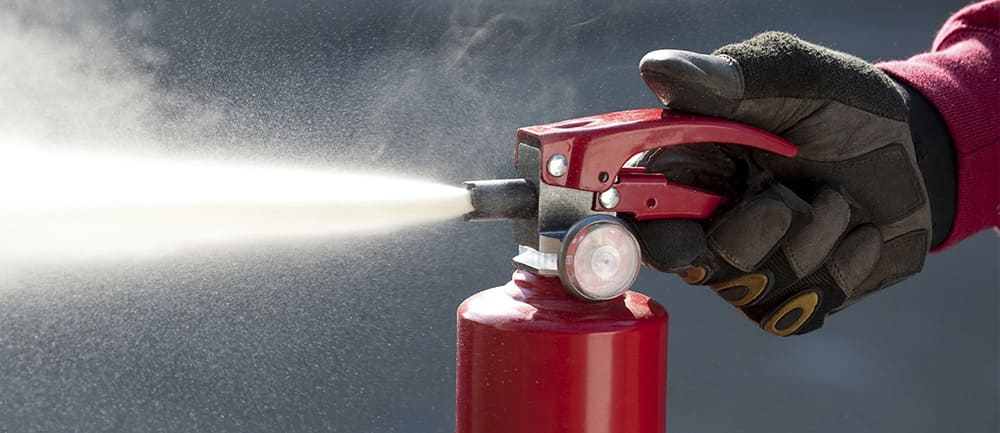What is a Water-Based Fire Extinguisher Used For?

Fire safety is a paramount concern in any setting, and having the right type of fire extinguisher is essential for effective fire suppression. Among the various types of fire extinguishers available, water-based fire extinguishers play a crucial role in combating specific types of fires. In this article, we will explore the purpose and applications of water-based fire extinguishers.
Versatility and Effectiveness:
Water-based fire extinguishers are primarily used for suppressing Class A fires, which involve ordinary combustible materials such as wood, paper, fabric, and plastics. The extinguishing agent in these fire extinguishers is plain water or water mixed with additives to enhance its extinguishing capabilities. The water cools down the fire, lowers the temperature of the fuel, and removes heat from the fire triangle, thereby extinguishing the flames.
Ideal for Common Fires:
Water-based fire extinguishers are highly effective for fires commonly encountered in homes, offices, schools, and other environments. They are particularly suited for extinguishing fires involving solid materials like furniture, textiles, and other everyday items. By rapidly applying water to the burning material, these extinguishers smother the fire and prevent it from spreading.
Safe and Environmentally Friendly:
One of the notable advantages of water-based fire extinguishers is their safety and environmental friendliness. The extinguishing agent, water, is non-toxic, non-conductive, and readily available. It poses no risk to human health and does not leave behind harmful residues or chemicals after use. Water-based fire extinguishers are also cost-effective and easy to refill or recharge, making them a practical choice for fire safety.

Limitations and Precautions:
While water-based fire extinguishers are effective for Class A fires, it is important to note their limitations. They should not be used on fires involving flammable liquids, electrical equipment, or cooking oil. In these instances, specialized fire extinguishers designed for specific fire classes should be used.
Proper Usage and Maintenance:
To ensure the optimal performance of water-based fire extinguishers, it is essential to follow proper usage guidelines and perform regular maintenance. Here are a few key points to remember:
1、Know the location of water-based fire extinguishers in your surroundings.
2、In case of a Class A fire, pull the safety pin, aim the nozzle at the base of the flames, and sweep it from side to side.
3、Regularly inspect the extinguisher for visible damage, ensure the pressure gauge is in the operable range, and check the service date for maintenance requirements.
4、If any issues are identified, promptly notify the appropriate personnel for repairs or replacements.
Conclusion:
Water-based fire extinguishers are valuable tools for combating Class A fires, involving ordinary combustible materials. Their versatility, effectiveness, and environmentally friendly nature make them suitable for a wide range of settings. Understanding their purpose, limitations, and proper usage is vital for effective fire safety. By having water-based fire extinguishers readily available and maintaining them properly, we can enhance our ability to control and suppress fires, protecting lives and property.










